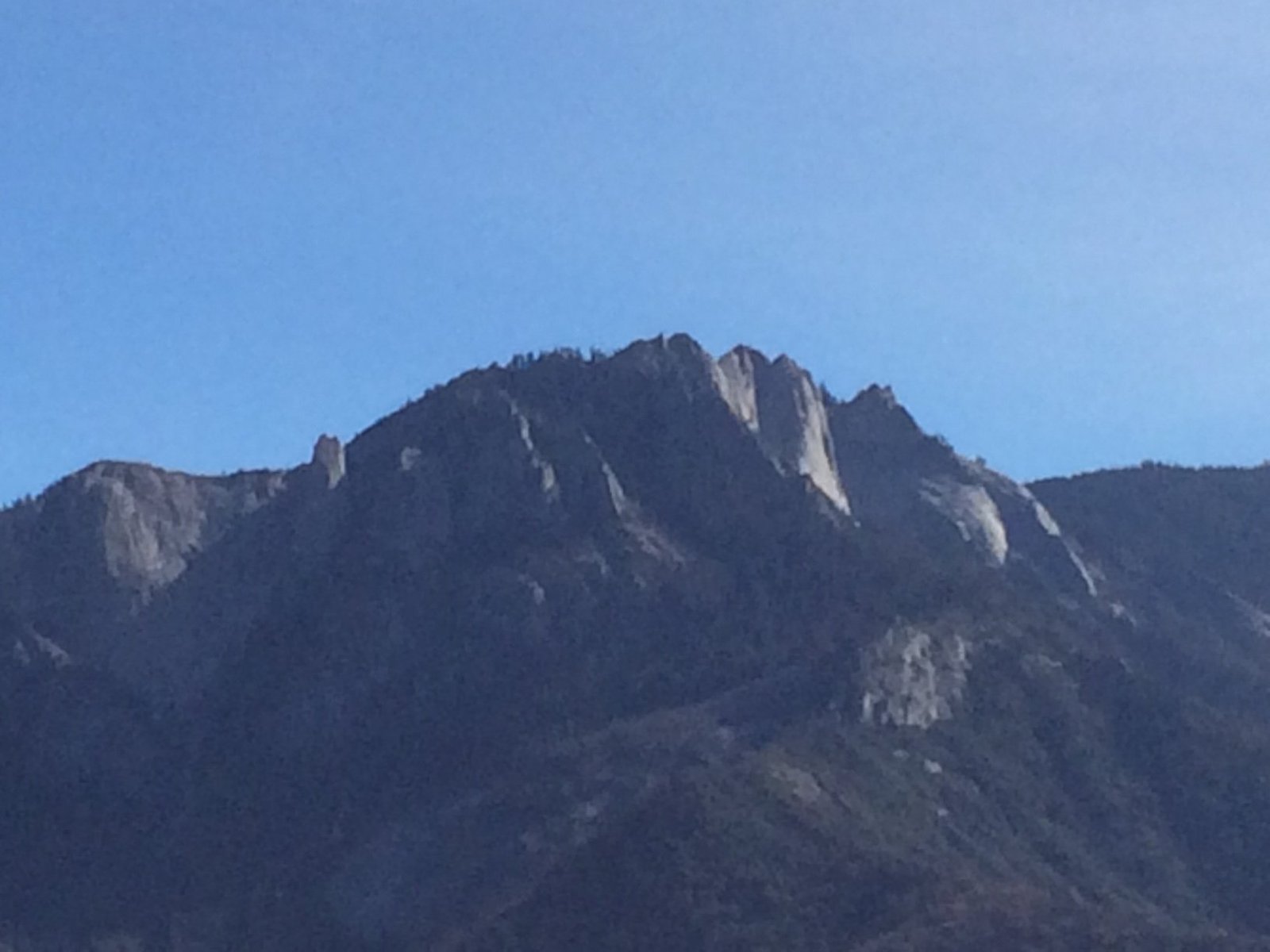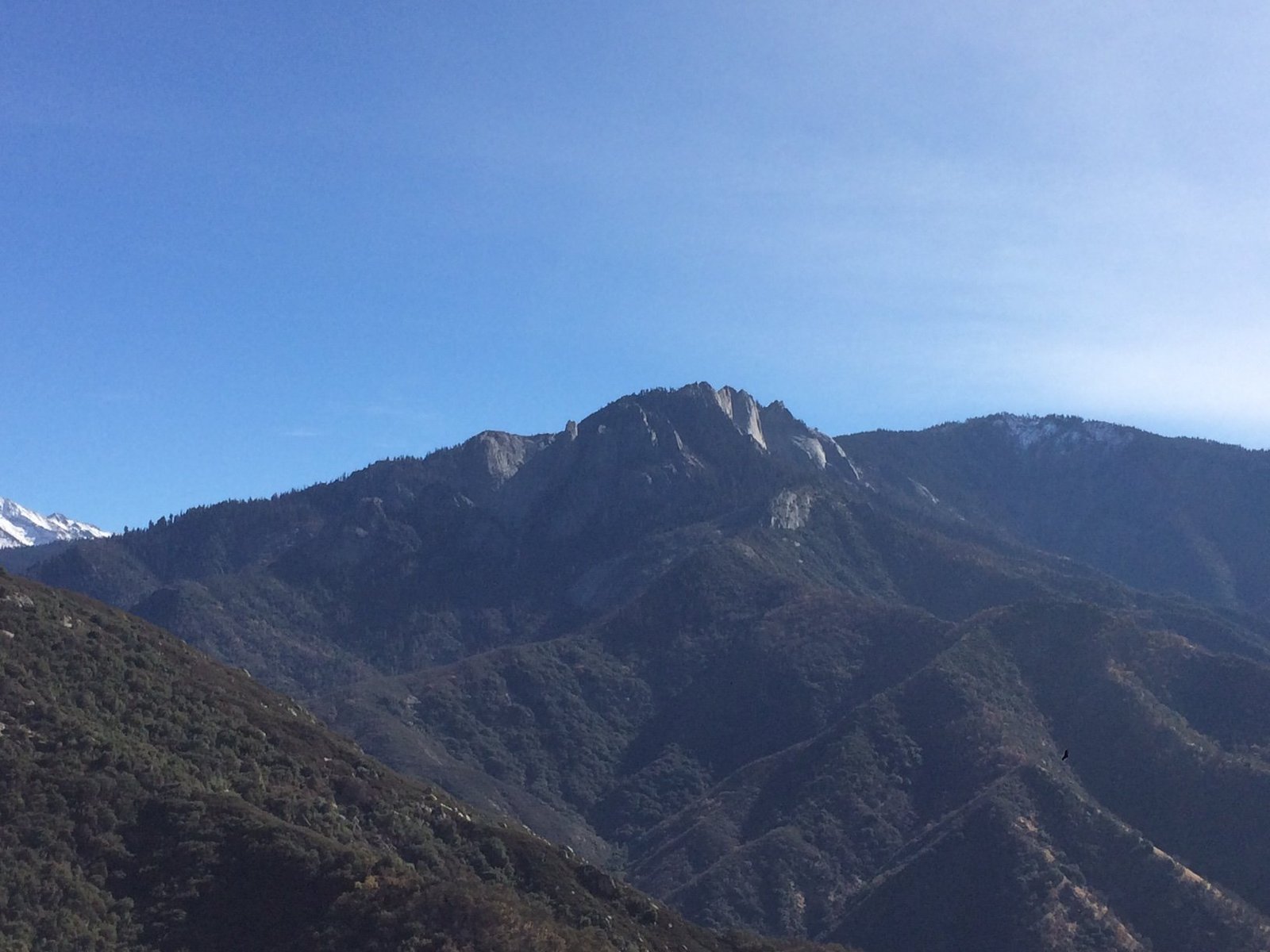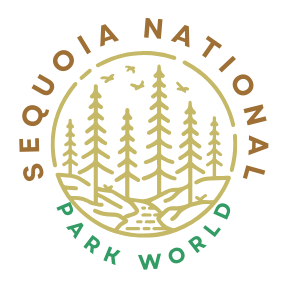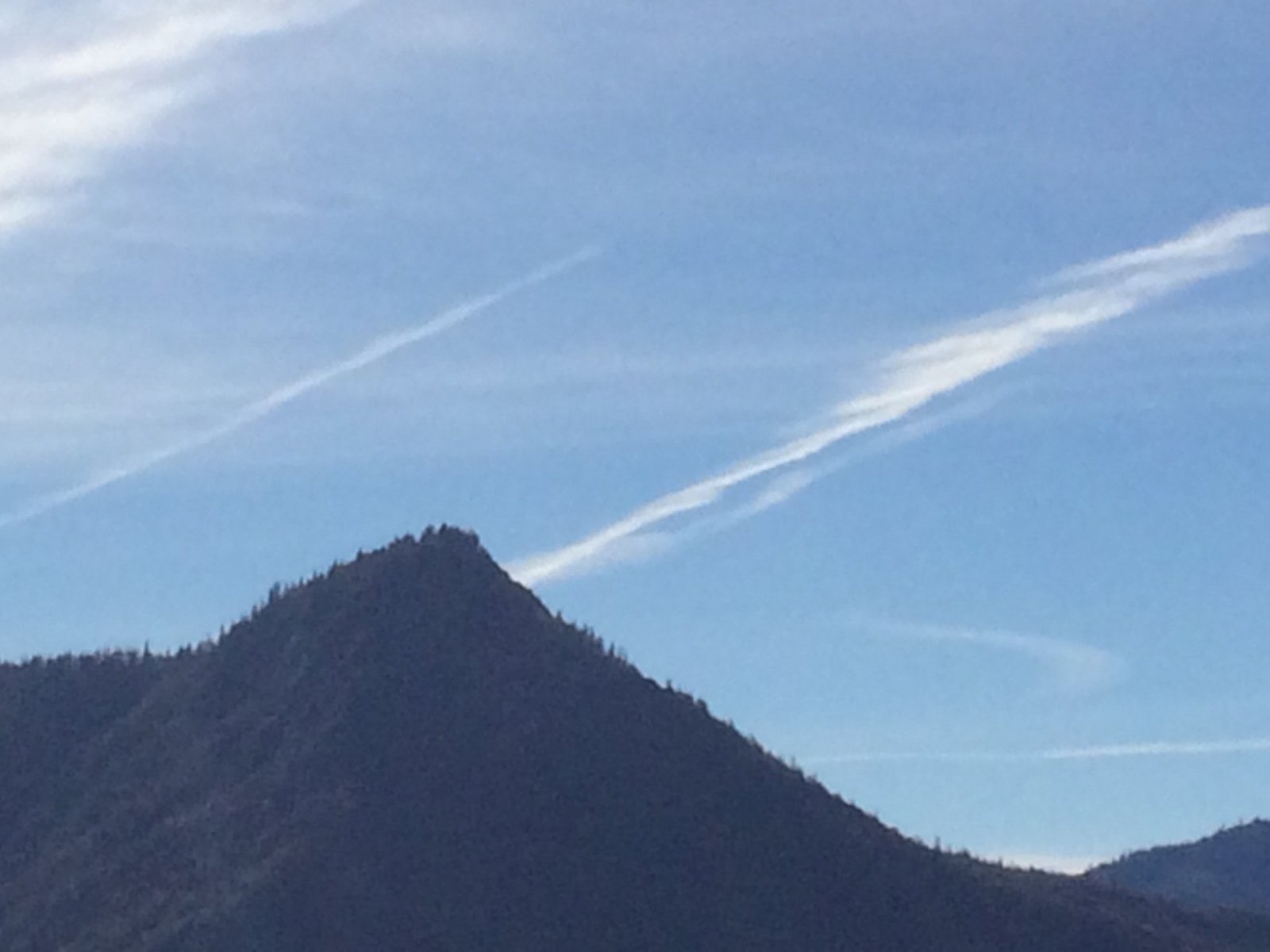Charles Young’s appointment as the first African-American superintendent of Sequoia National Park in 1903 marked a significant milestone in both park history and civil rights. His leadership transformed the park, improving access and conservation efforts. Young’s contributions include constructing the first wagon road into Giant Forest, building trails to Mount Whitney, and negotiating land acquisitions. His work laid the foundation for the park’s development and preservation, leaving a lasting impact on Sequoia National Park’s landscape and management.
Who Was Charles Young and What Was His Role in Sequoia National Park?

Charles Young was a pioneering African-American military officer who became the first Black superintendent of a national park when he was appointed to oversee Sequoia National Park in 1903. As a captain in the 9th Cavalry Regiment, also known as the Buffalo Soldiers, Young brought his leadership skills and dedication to the park’s development and protection.
Key aspects of Young’s role included:
- Appointed acting superintendent on May 20, 1903
- Arrived in Visalia, California, on June 2, 1903, with his troops
- Set up headquarters near the current community of Three Rivers
- Managed park protection against poachers, illegal grazing, and logging
- Oversaw road and trail construction within the park
Young’s appointment was groundbreaking not only for its historical significance but also for the tangible improvements he brought to Sequoia National Park during his tenure.
What Were Charles Young’s Major Accomplishments in Sequoia National Park?

Charles Young’s time at Sequoia National Park was marked by several significant achievements that had lasting impacts on the park’s accessibility and conservation efforts. His major accomplishments include:
-
Road Construction: Young and his team built the first wagon road into the Giant Forest, a feat that previous superintendents had failed to achieve. By the end of the summer, they had constructed more than five miles of new road.
-
Trail Development: Under Young’s leadership, troops built trails to the summit of Mount Whitney, the highest peak in the contiguous United States. They also created trails within the park’s interior to facilitate patrols and resource protection.
-
Land Acquisition: Young negotiated with private landowners to sell their tracts within park boundaries to the federal government. Although the purchases weren’t finalized until years later, his efforts were crucial in expanding and consolidating park lands.
-
Conservation Efforts: Young wrote a comprehensive report emphasizing the importance of forest preservation and the role of mountains as water reservoirs for agricultural and domestic purposes.
-
Park Protection: He implemented measures to protect the park from poachers, illegal livestock grazing, and unauthorized logging activities.
These accomplishments demonstrate Young’s vision for the park and his ability to make significant progress in a short period.
How Did Charles Young’s Work Impact the Development of Sequoia National Park?
Charles Young’s contributions had a profound and lasting impact on Sequoia National Park’s development:
-
Improved Accessibility: The wagon road to Giant Forest that Young constructed opened up the park to more visitors, allowing them to experience the majestic sequoia groves more easily.
-
Enhanced Conservation: His efforts to protect the park from illegal activities and his emphasis on forest preservation set a strong foundation for future conservation efforts.
-
Expanded Trail Network: The trails built under Young’s supervision, including those to Mount Whitney, became integral parts of the park’s recreational offerings.
-
Land Consolidation: Young’s negotiations for land acquisition, though not immediately realized, paved the way for the park’s expansion and better management of its resources.
-
Inspirational Leadership: As the first African-American park superintendent, Young broke barriers and inspired future generations of diverse leadership in national parks.
The impact of Young’s work can still be seen and experienced by visitors to Sequoia National Park today.
What Trails in Sequoia National Park Are Associated with Charles Young?
While no specific trails in Sequoia National Park are named after Charles Young, his influence can be seen in several key areas:
-
Giant Forest Road: This road, which Young and his team constructed, remains a crucial access point for visitors to the Giant Forest area.
-
Mount Whitney Trails: The trails leading to Mount Whitney’s summit, built by Young’s troops, continue to be popular among hikers and mountaineers.
-
Interior Park Trails: Various trails within the park’s interior, developed under Young’s supervision, form part of the extensive hiking network used for both recreation and park management.
These trails represent Young’s vision for making the park more accessible while also facilitating its protection and management.
How Can Visitors Learn About Charles Young’s Contributions at Sequoia National Park?
Visitors interested in learning about Charles Young’s contributions to Sequoia National Park have several options:
-
Visitor Centers: The Foothills Visitor Center and Lodgepole Visitor Center offer information about the park’s history, including Young’s role. These centers are typically open from 8 AM to 4:30 PM, with seasonal variations.
-
Ranger-led Programs: Park rangers often include information about Young’s contributions in their educational talks and guided walks.
-
Interpretive Displays: Look for interpretive signs and displays along trails and in key areas of the park that may highlight Young’s work.
-
Park Literature: Brochures and guidebooks available at visitor centers often include historical information about the park’s development, including Young’s tenure.
-
Online Resources: The National Park Service website provides detailed information about Charles Young’s role in Sequoia National Park.
By exploring these resources, visitors can gain a deeper appreciation for Young’s significant impact on the park’s development and conservation.
What Camping Options Are Available Near Areas Developed by Charles Young?
Several camping options are available near areas that were developed or influenced by Charles Young’s work:
- Lodgepole Campground
- Location: Near Giant Forest area
- Amenities: Flush toilets, potable water, picnic tables
- Reservations: Available through recreation.gov
-
Proximity: Close to Giant Forest Museum and General Sherman Tree
-
Dorst Creek Campground
- Location: In the Giant Forest area
- Amenities: Basic facilities
- Reservations: Available through recreation.gov
-
Proximity: Near trails and attractions established during Young’s tenure
-
Atwell Mill Campground
- Location: Mineral King area
- Amenities: Basic facilities
- Reservations: Available through recreation.gov
- Experience: More secluded, less crowded
These campgrounds offer visitors the opportunity to stay in areas closely connected to the park’s early development under Charles Young’s leadership.
How Has Charles Young’s Legacy Been Commemorated in Sequoia National Park?
Charles Young’s legacy in Sequoia National Park has been commemorated in several ways:
-
Historical Recognition: The National Park Service has officially recognized Young’s contributions in its historical accounts of the park.
-
Educational Programs: Park rangers often highlight Young’s role in their educational talks and guided tours.
-
Interpretive Materials: Visitor center displays and park literature often include information about Young’s tenure and accomplishments.
-
Online Resources: The National Park Service website features detailed information about Young’s contributions to Sequoia National Park.
-
Broader Recognition: In 2016, President Obama designated the Charles Young Buffalo Soldiers National Monument in Ohio, further acknowledging Young’s significance in national park history.
While there may not be specific physical monuments to Young within Sequoia National Park, his legacy is preserved through education and historical recognition.
What Can Modern Visitors Learn from Charles Young’s Approach to Park Management?
Charles Young’s approach to park management offers several valuable lessons for modern visitors:
-
Conservation Ethics: Young’s emphasis on forest preservation and resource protection aligns with contemporary conservation principles.
-
Accessibility: His efforts to improve park access through road and trail construction demonstrate the importance of balancing preservation with public enjoyment.
-
Inclusive Leadership: As the first African-American park superintendent, Young’s story highlights the value of diversity in leadership roles.
-
Efficient Management: Young’s ability to make significant improvements in a short time showcases the impact of effective leadership and resource allocation.
-
Long-term Vision: His negotiations for land acquisition, though not immediately realized, demonstrate the importance of planning for the park’s future.
-
Community Engagement: Young’s interactions with local communities, including encouraging African-American students, show the importance of connecting parks with diverse populations.
By reflecting on Young’s approach, modern visitors can gain a deeper appreciation for the complexities of park management and the ongoing need for conservation efforts.

